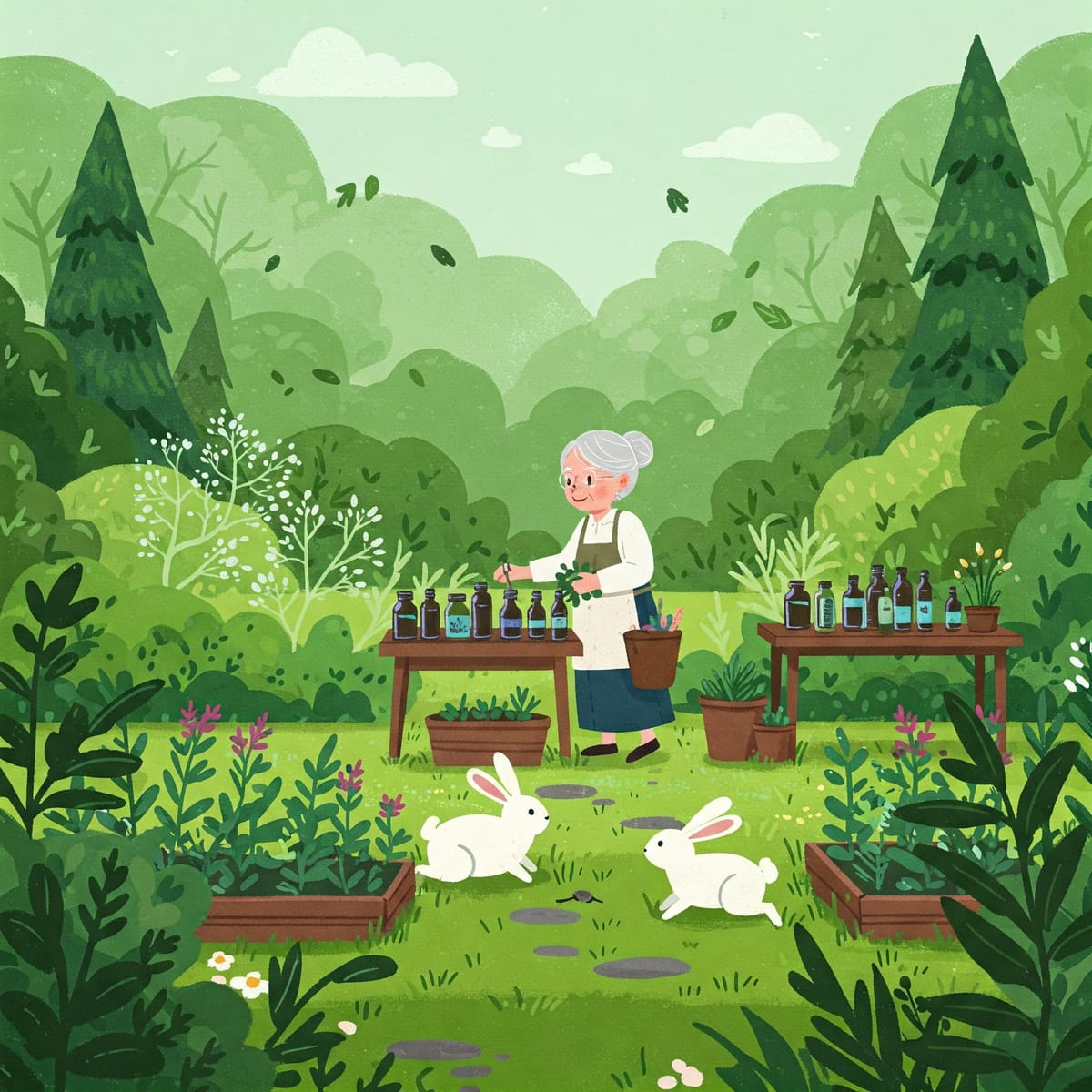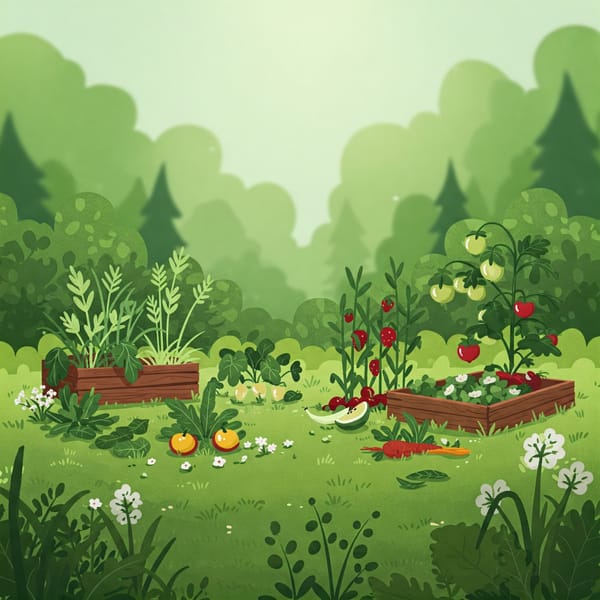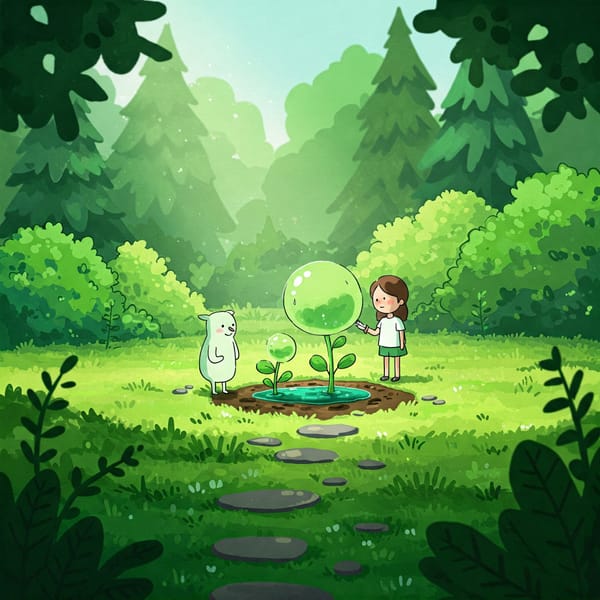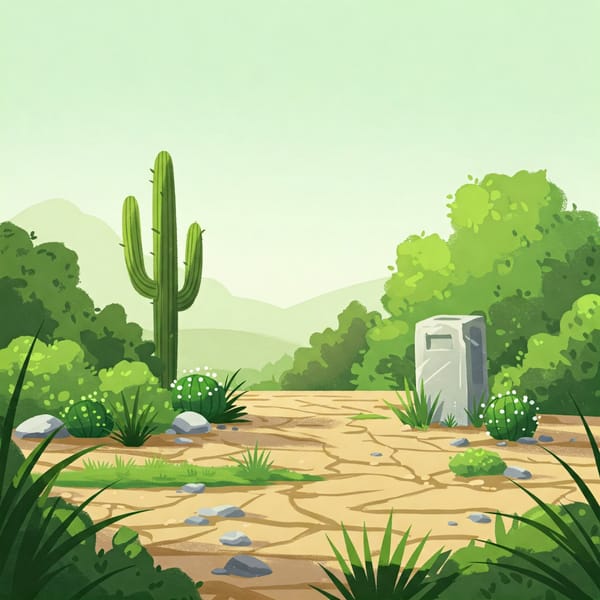Growing Your Own Medicine Cabinet: A Guide to Medicinal Herbs

TLDR
This guide explores the resurgence of interest in herbal medicine and provides a comprehensive overview of establishing a home medicinal herb garden, particularly for the Sydney, New South Wales region. It delves into the history and cultural significance of herbal medicine, current trends in home cultivation, and the selection, cultivation, and propagation of 15 suitable herbs. The summary also details the traditional uses and medicinal properties of these herbs, emphasizing safety guidelines and precautions for their use.
Growing Your Own Medicine Cabinet: A Guide to Medicinal Herbs
The use of plants for medicinal purposes has seen a comeback, driven by interest in natural remedies and dissatisfaction with prescription drug costs. This resurgence aligns with a move towards sustainable living and personal health control. Growing a medicinal herb garden at home allows people to connect with cultural traditions and integrate botanical wellness into their lives.
The Historical and Cultural Importance of Herbal Medicine
Using plants for healing has ancient roots, with evidence suggesting Paleolithic-era use. Ancient cultures like Egypt, Mesopotamia, India, and China developed complex herbal medicine systems. For example, the Ebers Papyrus from Egypt (c. 1550 BCE) documented over 850 plant-based remedies. Traditional systems like Ayurveda and Traditional Chinese Medicine (TCM) continue to use herbal medicine. TCM, with its holistic approach, values herbal therapy. Ayurveda, originating in India, integrates herbalism with practices like yoga and meditation. Herbal medicine is also important in many cultural practices worldwide. Native American traditions, for instance, consider tobacco, cedar, sage, and sweetgrass as sacred medicines. Despite the rise of synthetic drugs, herbal medicine remains a primary healthcare form in many areas, showing its lasting importance.
Current Trends in Growing Medicinal Herbs at Home
More people are now growing medicinal herbs at home. This trend is part of a broader movement towards sustainable living and greater self-sufficiency. Factors driving this trend include dissatisfaction with prescription drug costs and a desire for more natural alternatives. Home gardening also provides therapeutic benefits like stress relief and a connection to nature. Experts highlight the ecological benefits of medicinal herbs, such as increasing insect diversity and improving soil fertility.
Top Medicinal Herbs for the Home Garden
When starting a medicinal herb garden, it is important to choose plants that are easy to grow and suitable for the local climate. In the Sydney, New South Wales region, a variety of herbs thrive due to the temperate climate. Some of the herbs that are well-suited for this region include calendula, chamomile, lavender, echinacea, lemon balm, mint, rosemary, sage, thyme, basil, parsley, fennel, yarrow, brahmi, and lemon myrtle.
Optimal Growing Conditions for Herbs
Successful herb cultivation requires understanding each plant's specific needs. While most herbs need well-drained soil and plenty of sunlight, their individual preferences vary. For example, calendula prefers full sun to part shade and tolerates various soil types. Chamomile thrives in full sun and well-drained soil with consistent moisture. Lavender needs full sun and well-drained, sandy soil. Mint is adaptable but can spread aggressively, so it is best to plant it in containers. It is important to research the specific growing conditions for each herb to ensure optimal growth.
Propagation and Ongoing Care
Medicinal herbs can be propagated through various methods, including seeds, cuttings, and division. Calendula is easily grown from seed. Lavender can be propagated from cuttings. Mint is easily propagated through root cuttings, softwood cuttings, or division. Regular deadheading and harvesting can promote continued growth and productivity.
Traditional Uses and Scientific Properties
Many herbs have a long history of traditional uses, and scientific research is increasingly confirming their therapeutic properties. Calendula, traditionally used for stomach issues, is now valued for its skin-healing and anti-inflammatory effects. Chamomile is used for relaxation, sleep, and digestive support. Lavender is known for its calming and sleep-promoting effects. Mint is used to soothe digestive issues. It is important to understand the appropriate preparation methods to maximize the benefits of these herbs.
Safety Guidelines and Precautions
While herbs are natural, they can have side effects and interact with medications. It is crucial to use them responsibly and consult with a healthcare professional, especially for those with existing health conditions or who are taking prescription medications. For example, individuals with allergies to the Asteraceae family should be cautious with chamomile and calendula. Pregnant and breastfeeding women should also exercise caution.
Gardening in the Sydney Climate
Sydney's temperate climate is suitable for growing a variety of medicinal herbs. Gardeners should consider the hot summers and provide adequate watering for herbs that prefer moisture, such as basil, parsley, fennel, lemon balm, and mint. Well-draining soil is important for Mediterranean herbs like lavender, rosemary, sage, thyme, and yarrow. Native Australian herbs like brahmi and lemon myrtle are well-adapted to Sydney's conditions.
Conclusion
Growing a home medicinal herb garden offers numerous benefits, including access to natural remedies and a deeper connection with nature. However, it is essential to use herbs safely and responsibly.




